The Galapagos Islands in Ecuador were at the top of my dive bucket list, and I finally had the chance to explore them in October 2019. This adventure turned out to be one of the most thrilling experiences of my life. In this post, I want to share my journey, along with tips and insights for anyone planning to dive in this unique location.
Why Choose a Liveaboard in the Galápagos?
Diving in the Galapagos is unlike anywhere else. While day trips or short liveaboards around the main islands offer a chance to see marine life, they come with a bit of luck. You might encounter hammerheads, dolphins, or sea lions, or the visibility might not reveal much at all. Longer liveaboards, however, take you to the famous dive sites of Wolf and Darwin Islands, where encounters with schools of hammerhead sharks, Galapagos sharks, and even whale sharks are almost guaranteed.
Liveaboards also provide access to remote sites that are impossible to reach from the main islands. The underwater landscapes here are unique, with strong currents, dramatic drop-offs, and an abundance of endemic species. Diving in these conditions is exhilarating, and the liveaboard format allows you to fully immerse yourself in this environment for several days.
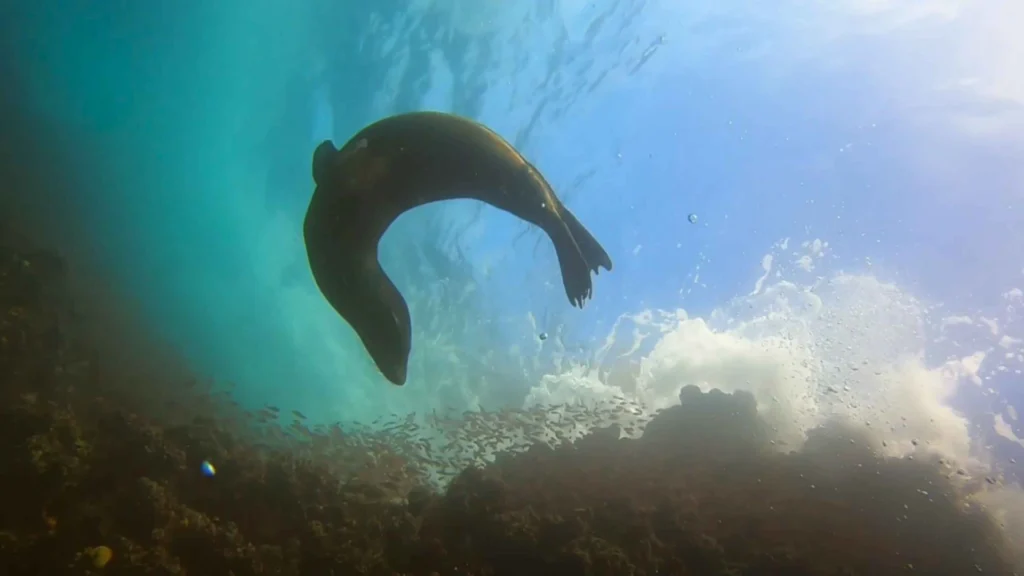
My Galápagos Liveaboard Experience
We began our journey with a dinner on the boat docked at San Cristobal, preparing for our overnight sail to the first dive site, Punta Carrion. This initial dive site served as a warm-up, with relaxed dives to get used to our equipment and the water. That afternoon, we visited North Seymour for a guided excursion. Walking through the island, I saw frigates, blue-footed boobies with their babies, and numerous marine iguanas. Keep in mind that land excursions like this may vary depending on the itinerary of the chosen liveaboard.
Life on board was comfortable and social. Each day followed a routine of briefings, dives, and meals, and the atmosphere encouraged both relaxation and excitement. Between dives, we would share stories and plan our next excursions. Evenings often ended with reflections on the day while enjoying the sunset, and we frequently unwound in the boat’s hot tub after the last dive, which became a favorite ritual for relaxing our muscles and sharing highlights with fellow divers.
Land Excursions Beyond Diving
Diving is only one part of the Galapagos experience. During our trip, we explored uninhabited islands such as North Seymour. On land, I saw giant tortoises, blue-footed boobies, marine iguanas, and frigatebirds.
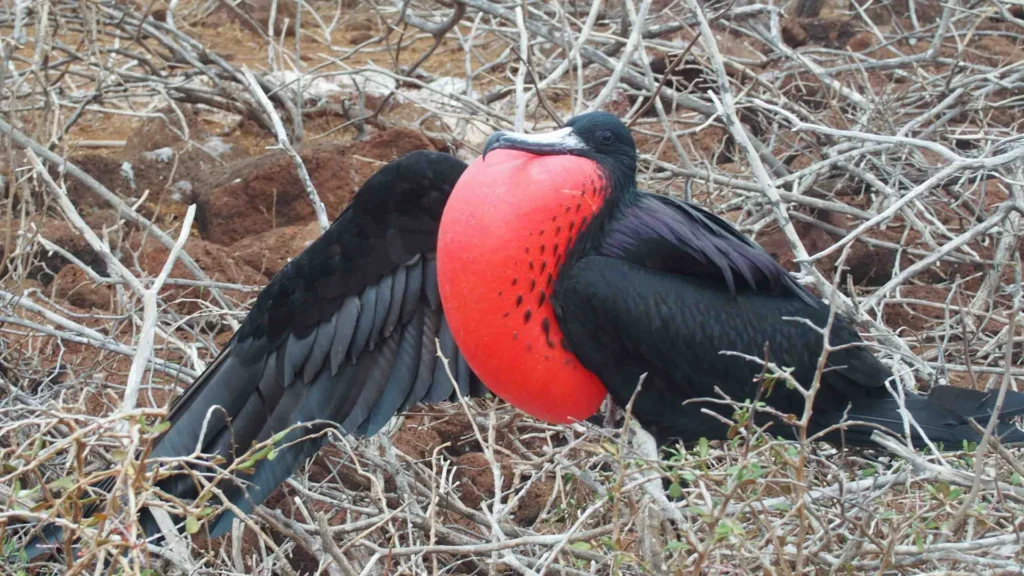
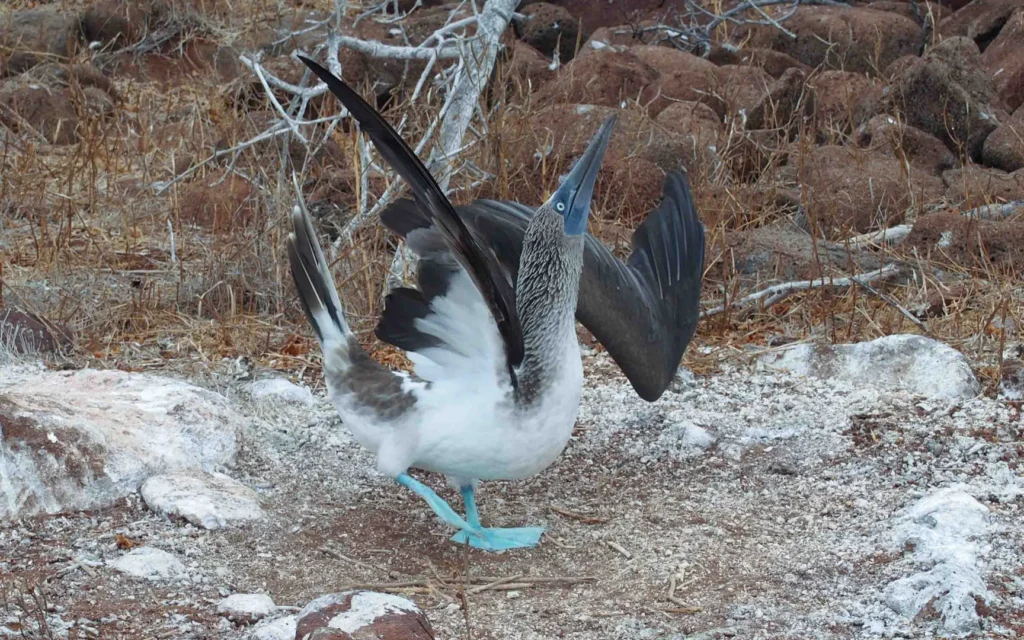
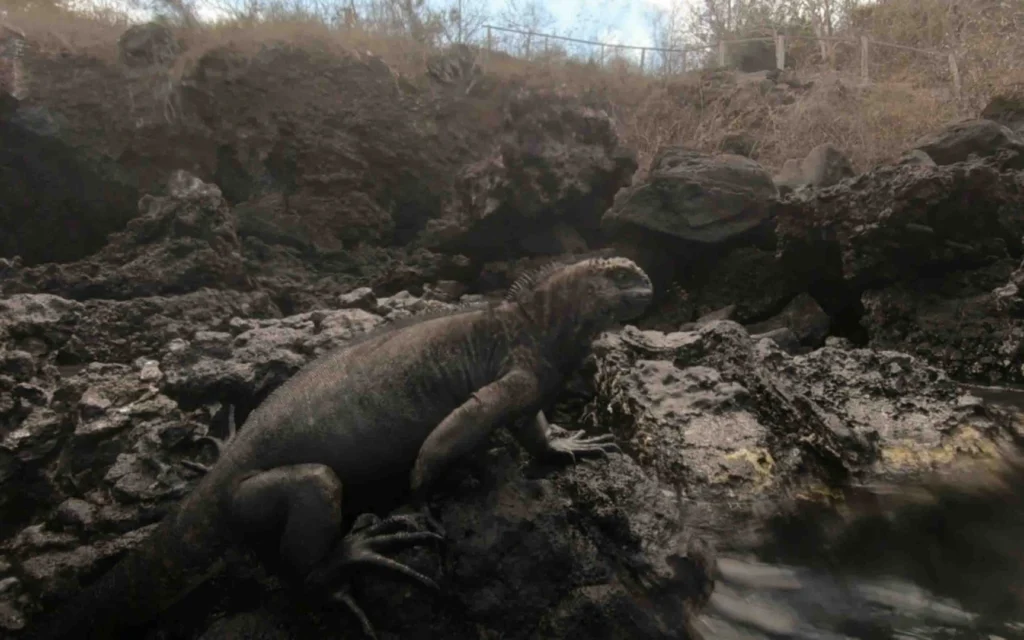
At the end of our liveaboard, we spent our last night on Santa Cruz, visiting the Darwin Center to see giant tortoises up close, and then enjoying dinner and some beers at a local brewery in Puerto Ayora.
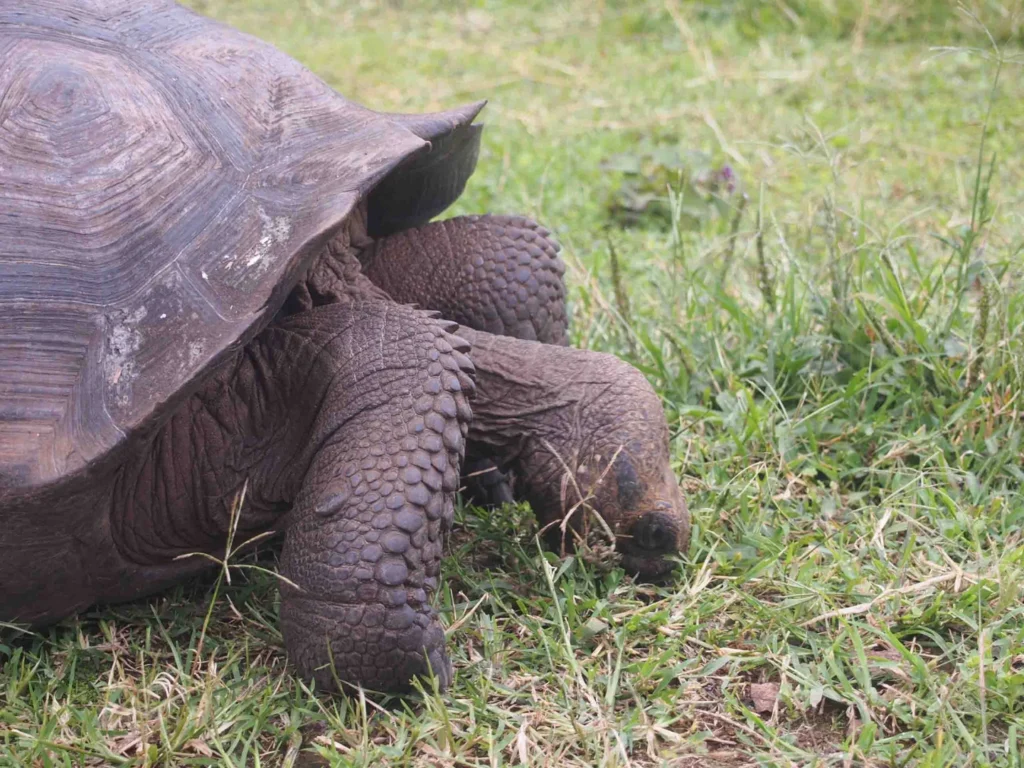
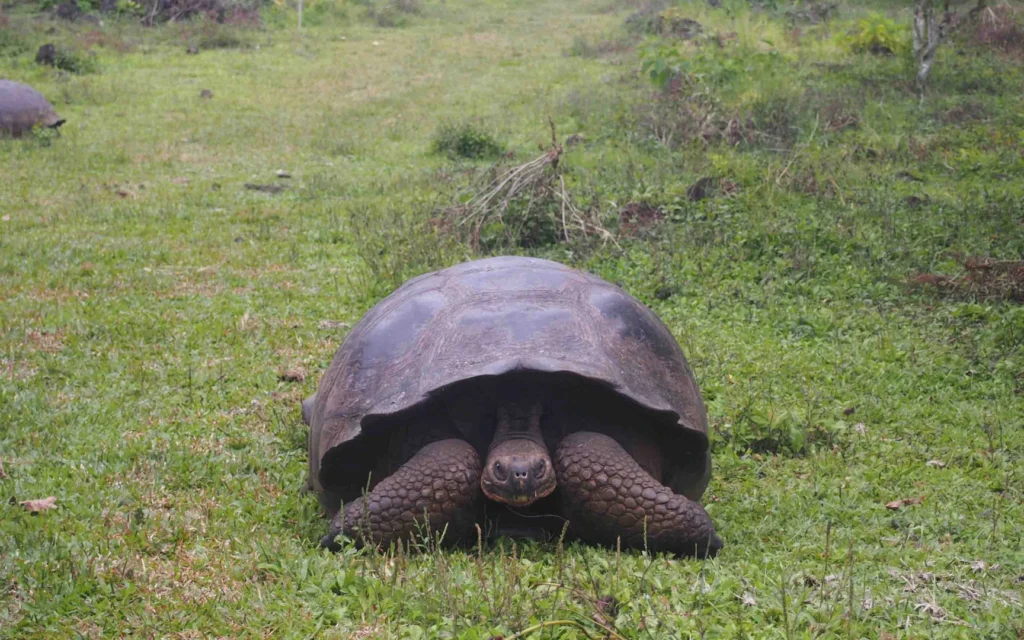
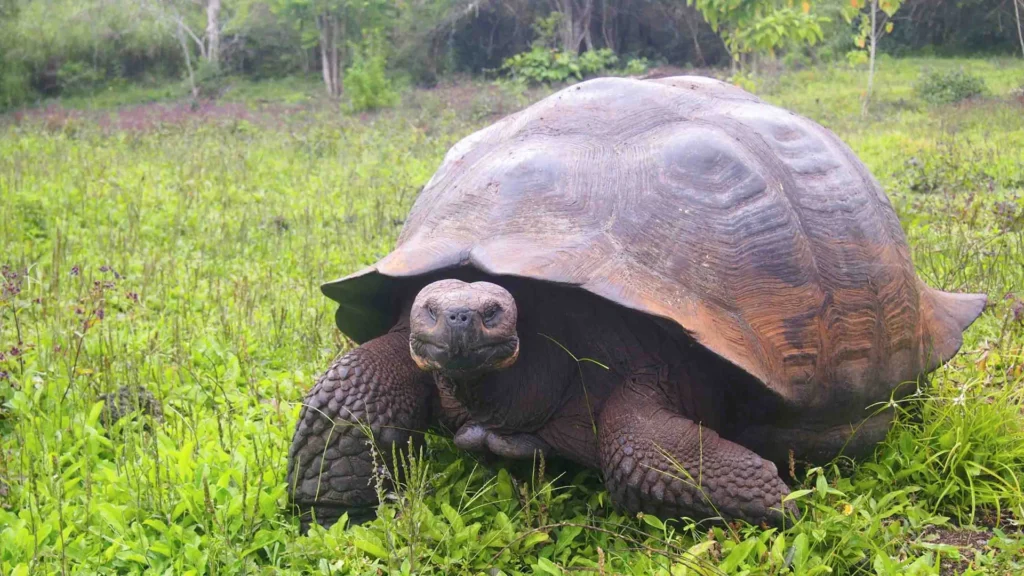
Dive Sites We Explored
We started our trip at Punta Carrion with two dives, which served as a warm-up to get used to our equipment and the water. The bulk of our diving was spent at the remote sites: nine dives at Wolf Island and six dives at Darwin’s Pillars. At Wolf, the main dive sites were Shark Bay and Landslide, where the strong currents added to the thrill as hammerheads, Galapagos sharks, and dolphins surrounded us. At Darwin’s Pillars, I witnessed hundreds of hammerheads and even a whale shark during a safety stop, making these dives the highlight of the trip.
Back near Santa Cruz, we wrapped up with two dives at Cousins Rock and also explored Gordon Rocks. Each site offered a different underwater experience, while Punta Vicente Roca provided calmer dives with abundant reef fish and a school of mobula rays. Every site had its own character and wildlife, giving a rounded picture of the Galapagos underwater world.
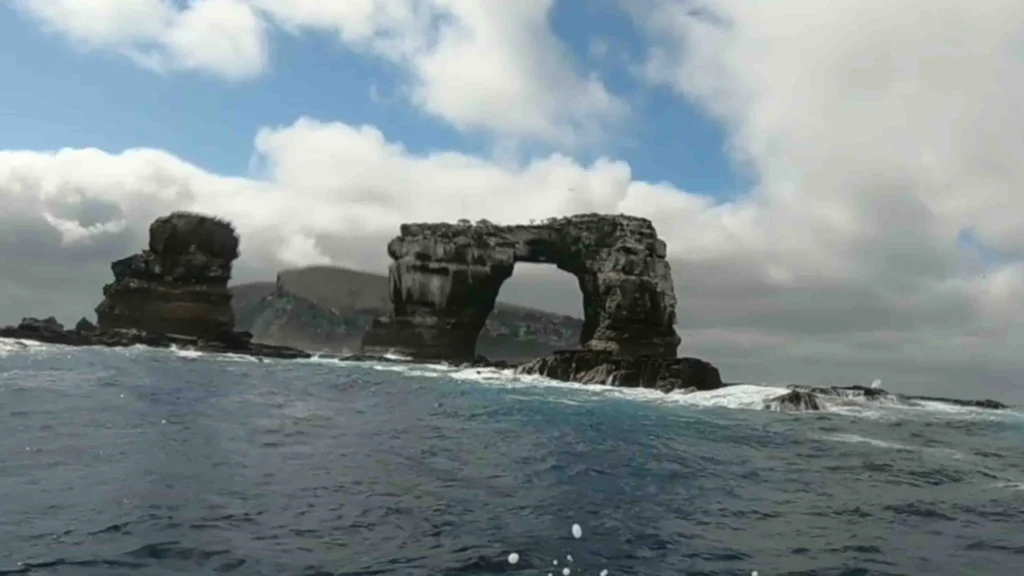
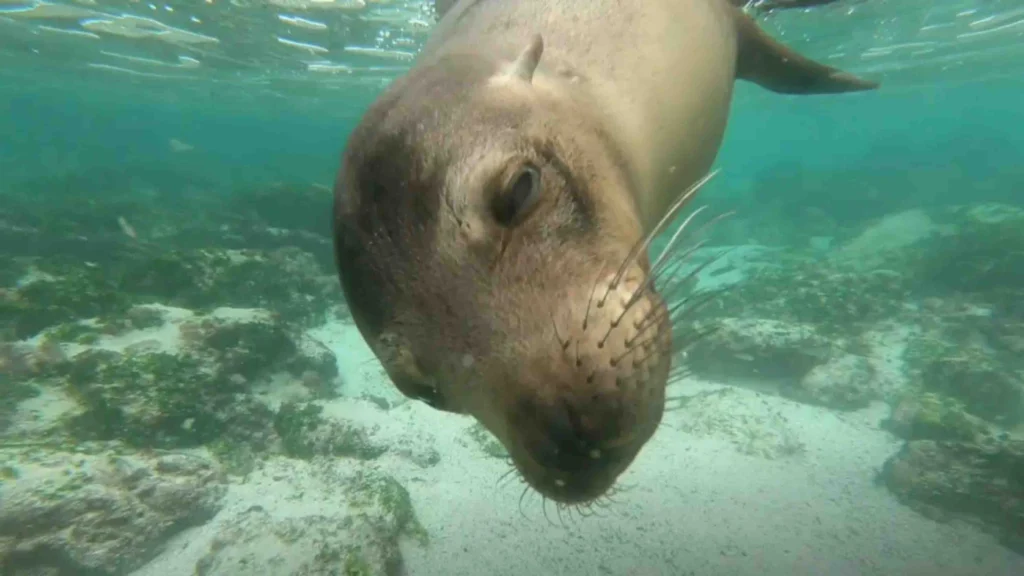
Marine Life Encounters
Hammerheads, whale sharks, and Galapagos sharks were constant companions at Wolf and Darwin. Around the main islands, I swam with sea lions, turtles, mobula rays, and countless reef fish. Unique species such as marine iguanas and endemic fish made each dive feel special. Observing the diversity and abundance of life was breathtaking, and I constantly felt like I was part of a living ecosystem.
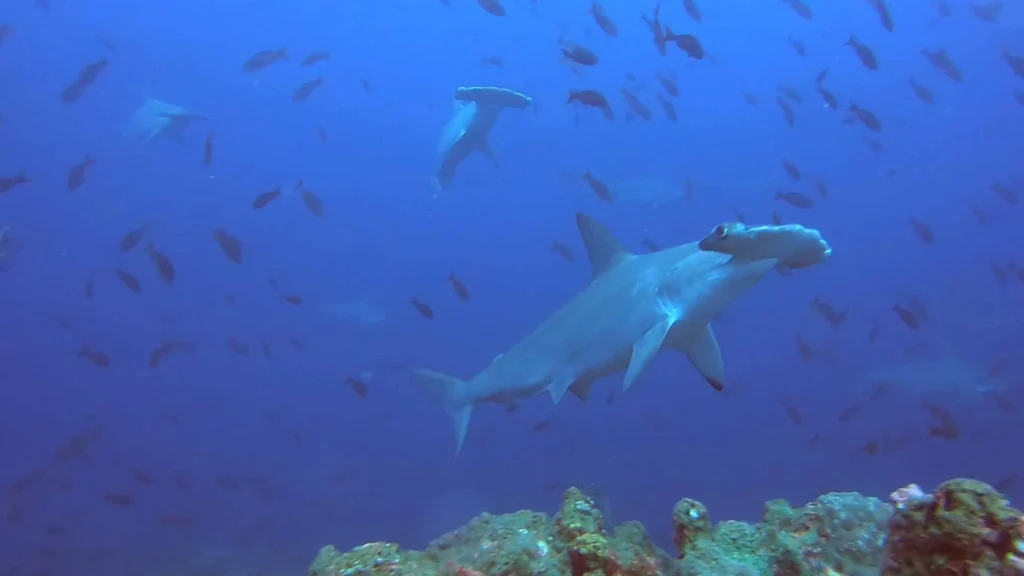
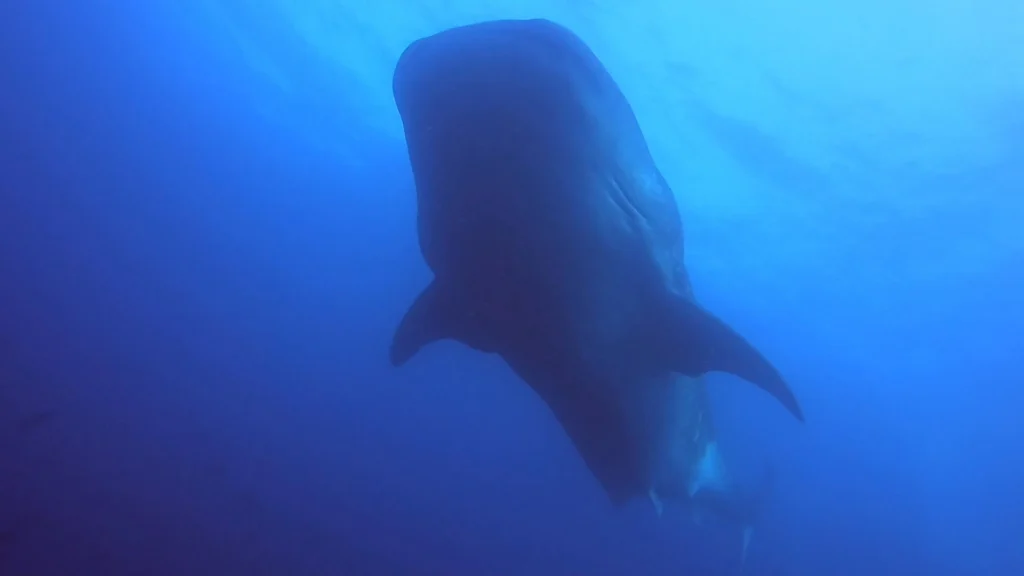
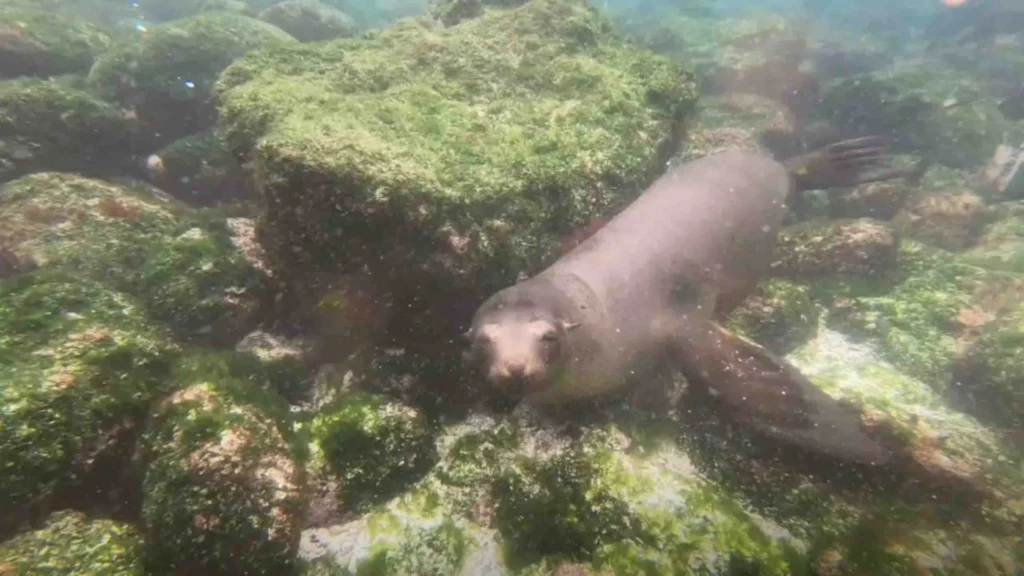
Diving Conditions in the Galápagos
The currents can be strong, especially at Wolf and Darwin, so being comfortable in challenging conditions is essential. Visibility varies with the season and plankton density, ranging from ten meters during whale shark season to over twenty meters in the warmer months. Water temperatures can drop to fifteen degrees Celsius from July to November, so a 5 mm wetsuit with gloves and hood was essential. Between December and June, waters warm up to around twenty-four degrees Celsius, offering better visibility and calmer conditions.
For more detailed information about seasons, water temperature, and dive sites, see our Ecuador Diving Guide.
What You Need to Dive Here
Most liveaboards recommend at least thirty logged dives and an Advanced Open Water certification. In addition to a 5 mm wetsuit, I carried gloves, a hood, and a surface marker buoy (SMB). We also carried a GPS device in case we got lost at sea, which allowed us to alert nearby boats if necessary. Luckily, we never had to use it, but it was reassuring to have. Following the guides’ advice and local regulations is crucial to ensure both safety and the protection of the marine environment.
Tips for Choosing the Right Liveaboard
When selecting a liveaboard in the Galápagos, it’s essential to consider your preferences and dive experience. Due to Galápagos National Park regulations, night dives are generally prohibited. However, some liveaboards may offer one or two night dives during the course of a week-long cruise, depending on the itinerary and conditions.
Options for liveaboards are limited, so it’s crucial to research thoroughly. Websites like TripAdvisor and Liveaboard.com provide valuable insights and reviews from fellow divers. When choosing a boat, consider factors such as budget, luxury amenities, number of dives per day, and the inclusion of night dives. Booking well in advance is recommended, especially for peak seasons or trips to remote sites like Wolf and Darwin Islands. Liveaboards that include dives at Wolf and Darwin are usually the most expensive, and prices generally start around $5000 per person.
A typical liveaboard trip lasts around a week, which is necessary to access the best dive sites and experience the unique underwater world of the Galápagos.
Is Diving the Galápagos Worth It?
For me, diving in the Galapagos was beyond worth it. Despite strong currents, colder water, and the cost of a week-long liveaboard, the experience of swimming with hammerheads, whale sharks, and unique marine species is unforgettable. This trip is best suited for divers with some experience who are seeking adventure, wildlife, and the thrill of one of the world’s most renowned dive destinations.
Help us by supporting our blog
We want to give you honest reviews and keep this blog free. Therefore we added some affiliate links that might give us a commission at no additional cost to you. Support our blog by booking through our partners.

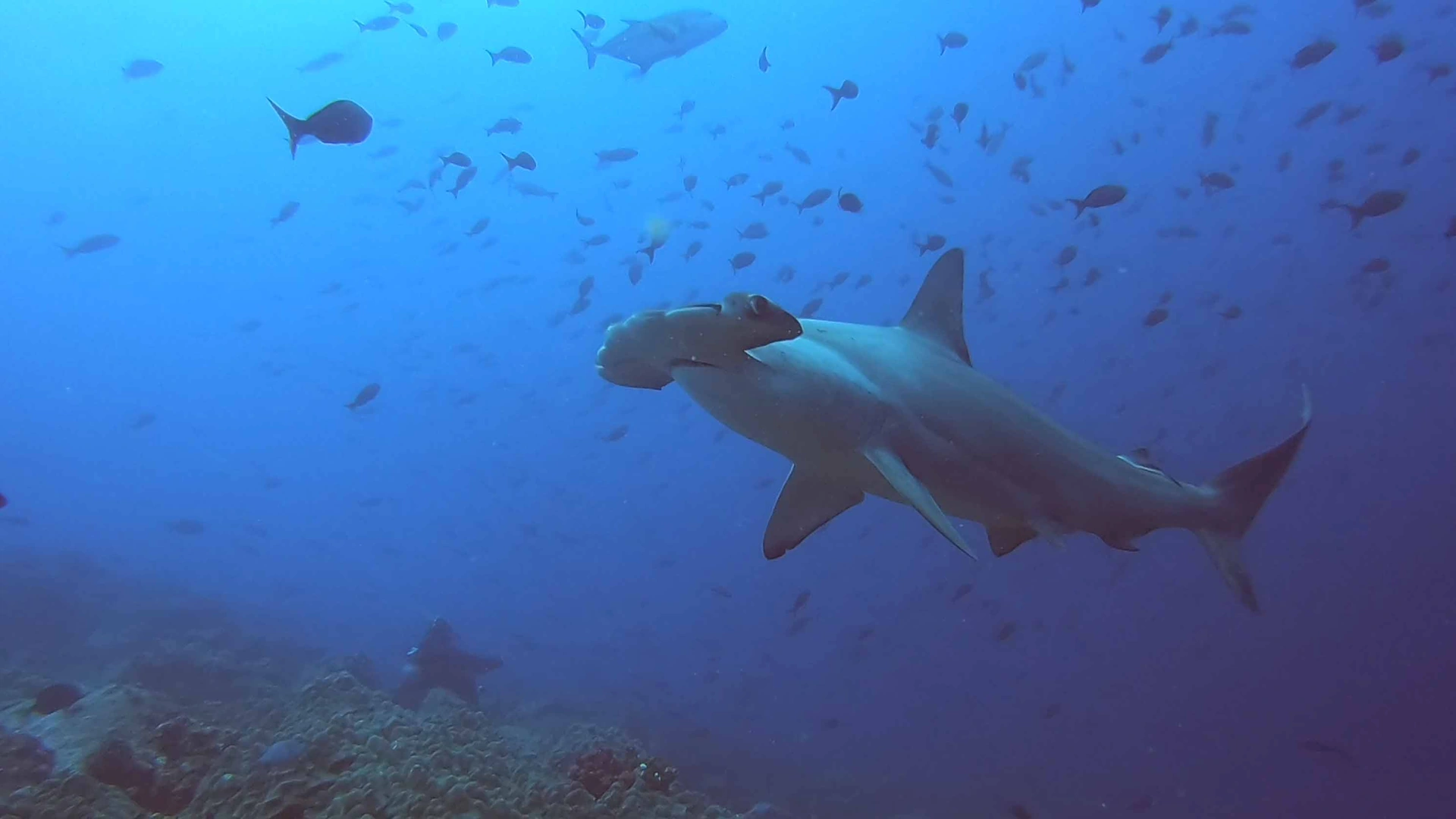
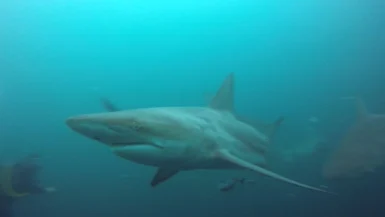
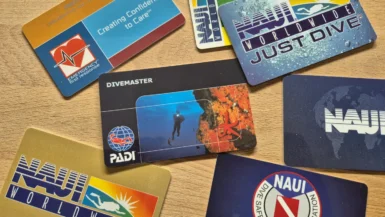
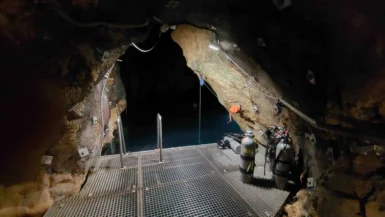
Leave a reply